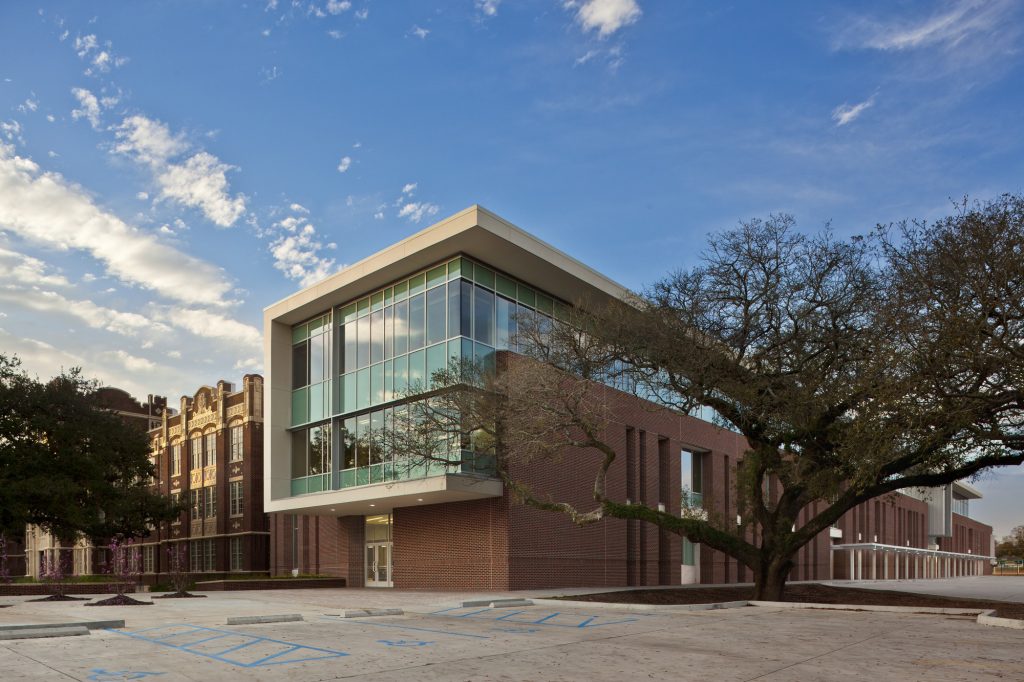Home / School Realignment
Home / School Realignment
Our district is committed to ensuring that every student has access to modern, well-equipped learning environments that foster academic success and personal growth. By realigning our facilities, we are concentrating resources, improving school environments, and enhancing educational opportunities for all students.

Below on the left is the timeline of our plan development and implementation. Click on a phase name for additional information.
Consolidating schools can lead to reduced operational costs through shared resources, such as administrative staff, facilities, and educational materials.
Larger consolidated schools may offer a broader range of academic and extracurricular programs, including advanced placement courses, specialized programs and more extracurricular activities that smaller schools might not be able to sustain.
With a larger student population, consolidated schools can have better access to funding and resources. This can lead to improved facilities, technology and educational tools.
Consolidated schools may attract more qualified teachers and staff due to the larger school environment and potential for collaboration. This can enhance the overall quality of education.
A single, larger school can foster a more cohesive school community, allowing for improved parental involvement and stronger relationships between families and educators.
Consolidation can provide students with a more diverse social environment, exposing them to a wider range of backgrounds, cultures and perspectives.
Merging schools can lead to reduced duplication of administrative efforts, making it easier to implement policies and programs across the district.
While dependent on a variety of factors, research has shown that larger schools can have higher graduation rates and better academic outcomes.
Consolidated schools often have the ability to create more modern facilities that can accommodate a larger number of students and provide better learning environments.
The Board approved a set of factors that will be considered in the tiering process: Capacity, Facility Condition, Performance, Annual Cost.
The community survey has now closed.
We greatly appreciate everyone who took time to provide feedback on this process!
The district currently has around 20,000 more seats than students, leading to under-enrolled schools, inefficient resource allocation, and inequitable access to academic opportunities. Realignment ensures that all students have access to high-quality learning environments.
The district is evaluating schools based on four key factors: building condition, enrollment and capacity, school performance, and operational costs. These criteria help determine how best to allocate resources and improve educational outcomes.
Yes! The district is committed to gathering feedback through community meetings, surveys, and stakeholder discussions before making any realignment decisions. We encourage all families, staff, and community members to participate.
If a school is closed or merged, students will be reassigned to schools with stronger academic programs, better facilities, and increased resources. The district will work closely with families and staff to ensure a smooth transition.
By optimizing school resources, realignment will allow the district to provide more academic programs, extracurricular activities, upgraded facilities, and enhanced student support services, ensuring that every child receives a high-quality education.